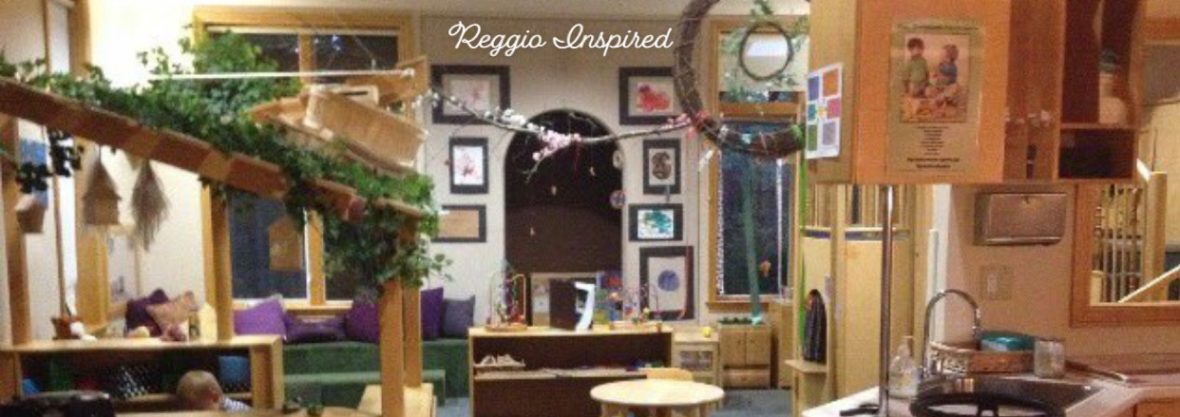PARENTAL INVOLVEMENT

 Parents ARE a child’s primary and first educator.
Parents ARE a child’s primary and first educator.
This is why it becomes more and more clear how effective and authentic the educational experience can be for a child when parents and primary caregivers are welcomed into our teaching practice.
The Ministry Full Day Kindergarten Document states;
Principle 2: “Partnerships with families and communities strengthen the ability of early childhood settings to meet the needs of young children. Parents are their children’s first and most powerful teachers and role models. They offer learning opportunities that are based on the deep knowledge they have of their children. Children’s learning and development occur within the context of their daily lives in families and communities. Parents and other caregivers nurture and teach children at home and in the community, supporting the dynamic process of early learning”.


Where better to start than with a child’s first experience and introduction to the educational system, Kindergarten! The Full Day Kindergarten program ideally welcomes parents and caregivers into the classroom daily.
“Parents are an integral part of the Full-Day Early Learning–Kindergarten program, and are often present in the classroom. Knowing their child as well as they do, parents are able to provide team members with important information that makes the team better able to meet the child’s individual learning needs. At the same time, parents can “learn by watching and listening to educators working with their
children – responding to the preferences and observed development of individual children, guiding care routines, negotiating conflicts, extending play opportunities, using teachable moments, and encouraging emerging literacy, informal mathematical thinking and inquiry skills”
(Pascal, Every Child, p. 14)”. (Full Day Kindergarten Draft Document)
We begin our year by asking parents and caregivers to bring in family pictures of their child. Some pictures are displayed in picture frames, others hung on ribbons where the children can see them and take them down for comfort. Many children beginning year 1 are just over the age of 3. This can be a hard transition and we may find some of the children in our room having a tricky time letting go of parents during the first few weeks. Family pictures are a fantastic way to help ease their fears, foster a sense of security and belonging, and further develop a feeling of home within the classroom.

In the past few years the true sense of team work and collaboration between parents and educators has been very rewarding for the children, and program. It has allowed for deeper understanding and consistency between school and home environments. The children’s best interest and future success is at the core of our efforts,and by using communication and observation we create next steps for all!
This type of approach to learning aids in providing a classroom that becomes an extension of home for each child.
Educating parents and families on how children learn through play, and various philosophies and practices used in FDKP is another key practice. This is an example of a parent board we created just outside our room. This board was a place to share information with our families and school community.
Written by:



